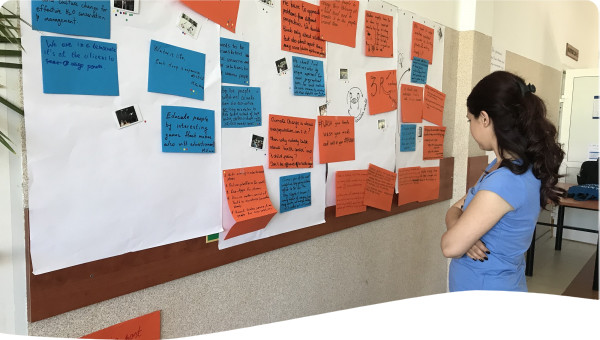Impact assessment refers to identification of the future consequences of a current or proposed action. Impact in itself is a measure of the changes made which makes impact assessment seek a causal relation between inputs and changes. It is recognised as a planning and decision-making instrument utilised to conduct assessments of the prospective positive and negative effects of proposed projects. Pertaining to the water sector, the projects might include provision of WASH services, water storage and transfer, including dams, irrigation schemes, inter-basin water transfers, as well as policy making relating to the sector. (Partidário, 2012; Gertler et al., 2011; Government of Canada, 2022). Within IWRM context, impact assessment builds upon rigorous data collected by various institutions responsible for monitoring and evaluation (Tool B1.03), facilitating various types of assessments (Tools C1).
Impact assessment procedure has several purposes, including:
- Helping decision-makers develop policies, plans, and projects: these should address the issue of sustainability in its multi-dimensional nature, fostering favourable economic, social, and environmental conditions. In order to enhance opportunities, eliminate risks and mitigate adverse effects, impact assessment should be embedded in the decision-making process on an early stage while development actions are still being conceptualised.
- Ensuring that all the stakeholders are engaged (Tool C1.03): their interests being recognised and relevant regulations addressed.
 Tool -
Tool -

